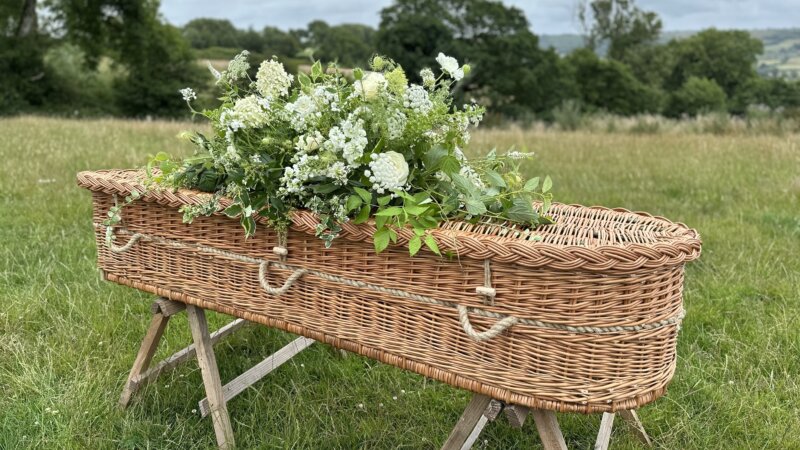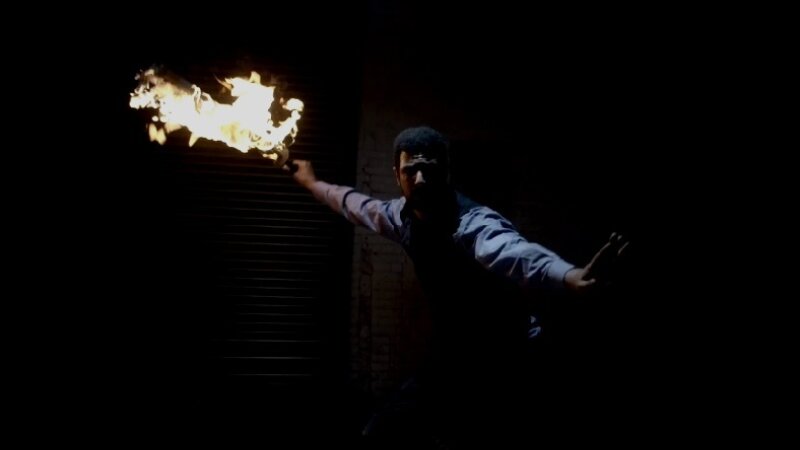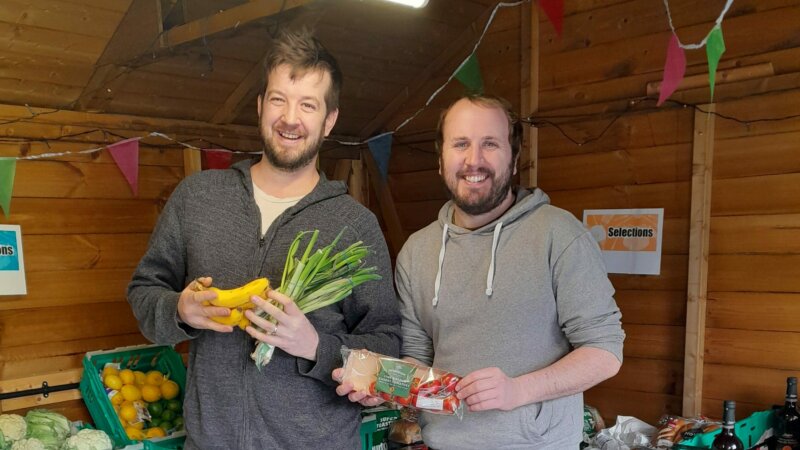Sheffield Archives: Collecting Pieces of the Puzzle
It’s easy to miss the Sheffield Archives building on Shoreham Street. Nestled next to Red Tape Studios, between BBC Radio Sheffield and the Showroom, it’s the first port of call for anyone researching the history of their city and holds some extraordinary items, a tiny fraction of which make up this month’s art feature.
The photos featured in this magazine were generously donated to Sheffield Libraries by organisations and individuals in the interests of preserving and documenting Sheffield, past and present. Giving me a guided tour of the strong room, temperature controlled to protect its contents and normally closed to the public, senior archivist Cheryl Bailey tells me there is 6km of storage shelving, with items dating back to the 12th century. Books, newspapers, photos, minutes, maps, films, hospital records – anything that offers a piece of the city’s historical jigsaw, however small. Browsing Picture Sheffield, the photo website featuring 60,000 of the Local Studies Library and archive’s images - less than half the total number - it’s impossible to take in the sheer size of that jigsaw, and how each piece interacts with every other.
Keeping on top of new items is a mammoth task in itself. “Every year I think we get about 120 separate, new collections that come in. It can be anywhere between 500 and 1,000 boxes of material. New collections come in quite regularly, and they can come from anywhere,” Cheryl says. She and the other archivists are tasked with making a judgement call on what to keep at the archive. It’s also up to them to field enquiries and requests from members of the public, which can number in the hundreds every month.
Another point of interest is the Edward Carpenter Archive, which documents the life of the social thinker, poet and early gay rights activist, who moved from leafy Sussex to Sheffield at the age of 30 in pursuit of ‘the simple life’. Though the archives normally exclude 3D objects, they make an exception for Carpenter, a sorely underappreciated part of Sheffield’s radical history. “We’ve got all of his writings, his correspondence, his library and his photographs, and then we’ve got a few personal effects, such as his sandals. We don’t normally collect sandals!” When I arrived at the archives, a member of the public was handing Cheryl a book which turned out to have an inscription by Carpenter on the inside cover. Another piece of the puzzle.
In 2010, local photographer Clive Egginton walked into Sheffield Archives, and he and Cheryl started talking about documenting different communities in Sheffield, depositing them at the archives and making them freely accessible to anyone, working under a collaborative umbrella project called Archive Sheffield. Clive had already done a lot of documentary photography in and around Sheffield and was working on a PhD about archiving photography. The front cover of this magazine is a shot taken by Clive at ELG Haniel Metals in Sheffield.
“He’d go and get to know people. He wouldn’t take his camera on the first few visits. He’d take time to get to know people before taking his camera in. Then he would work quite unobtrusively, and produce these wonderful images of Sheffield and Sheffield communities. He documented a traveller site, a convent, police training, a blind archery club, a pigeon homing society – all these things. Clive’s photographs provide a window into these microcosms of Sheffield life.”
Clive and Cheryl secured Arts Council funding in 2013 for Archive Sheffield to commission three local photographers – Clive, Andy Brown and Gemma Thorpe – to document different communities. “The finished product would come to Sheffield Archives and we would keep it forever, and hopefully encourage more photographers to deposit their collections here.”
Tragically, Clive was diagnosed with cancer last year and passed away in October, but the Archive Sheffield collective continues to fly the flag for documentary film and photography. Rosy Nesbitt took over Clive’s commission, working with service users at Sheffield Alcohol Support Services (SASS), and Andy Brown and Gemma Thorpe have focussed on documenting places of worship and the local Chinese community respectively. All three commissions will be shown at Sheffield Cathedral during February and March (dates below). Nathan Gibson and Marcus Sarko are also working on new projects for Archive Sheffield in 2015.
Piecing together the puzzle as best I can, the motto of Archive Sheffield rings true, not just for the photo commissions and exhibitions, but for Sheffield Archives and the city as a whole: “Sheffield is not place - it is people.”
Thanks to Andy Brown, Nathan Gibson, Gemma Thorpe, Marcus Sarko, Rosy Nesbitt, Cheryl Bailey and Dan Cox for curating this month’s photo feature.
The City as Bricolage, the Archive Sheffield exhibition at Sheffield Cathedral, features Rosy Nesbitt (w/c 16 February), Andy Brown (w/c 23 February) and Gemma Thorpe (w/c 2 March).
picturesheffield.com
archive-sheffield.org
shefflibraries.blogspot.co.uk )







